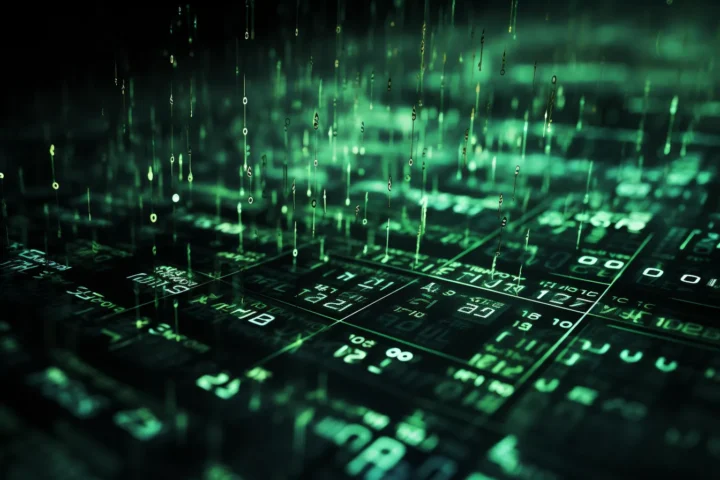Understanding how credit card payments work is essential for managing your personal finances effectively. From billing cycles to interest rates, there are several key factors that determine how credit card payments are calculated. In this article, we will delve into the science behind credit card payments, providing you with a comprehensive understanding of billing cycles, interest charges, minimum payments, and more.
Billing Cycles: A Timeline of Transactions
Every credit card has a billing cycle, which is the period between two consecutive statement dates. Typically, billing cycles last for about 30 days, but this may vary among different credit card issuers. During this period, all transactions made using your credit card are recorded and compiled into a statement that you receive at the end of each cycle.
Understanding your billing cycle is crucial as it determines the due date for your payment. For example, if your billing cycle ends on the 15th of the month, your payment due date may fall around the 5th of the following month. It’s important to pay your credit card bill before the due date to avoid late fees and negative impacts on your credit score.
Interest Charges: The Cost of Borrowing
One of the most essential concepts to grasp when it comes to credit card payments is interest charges. When you carry a balance on your credit card, you effectively borrow money from the card issuer. In return, the issuer charges you interest on the unpaid amount. The interest rate applied is referred to as the annual percentage rate (APR).
The APR determines how much interest you will pay over time, and it varies based on your creditworthiness and the type of credit card you have. If you pay off your balance in full each month, you can avoid interest charges altogether. However, if you carry a balance, the interest will accrue on the remaining amount, increasing your overall debt.
Minimum Payments: A Temporary Relief
When you receive your credit card statement, you will notice a minimum payment amount specified. This is the minimum amount you are required to pay to avoid defaulting on your credit card debt. While making the minimum payment may seem tempting, it’s important to understand the implications.
The minimum payment typically represents only a small percentage of your outstanding balance, often ranging from 1% to 3%. By paying only the minimum, you extend the repayment period and end up paying substantially more in interest over time. It’s advisable to pay more than the minimum payment whenever possible to expedite the repayment process and reduce the overall interest charges.
Payment Allocation: Where Does Your Money Go?
When you make a credit card payment, understanding how your money is allocated helps you prioritize certain expenses. Credit card payments are generally allocated towards interest charges, fees, and the remaining balance. However, the allocation may vary depending on your credit card issuer and their specific policies.
For example, if you have any outstanding fees or interest charges, your payment may first go towards covering those expenses. The remaining amount is then applied to reduce your balance. It’s crucial to review your credit card terms and conditions or contact your issuer directly to fully understand how your payments are allocated.
In conclusion, comprehending the science behind credit card payments empowers you to make informed financial decisions and effectively manage your credit card debt. Understanding billing cycles enables you to make timely payments, avoiding late fees and potential damage to your credit score. Familiarizing yourself with interest charges allows you to proactively minimize your overall debt. Lastly, recognizing the importance of paying more than the minimum amount and knowing how your payments are allocated helps you take control of your finances and achieve financial freedom.





